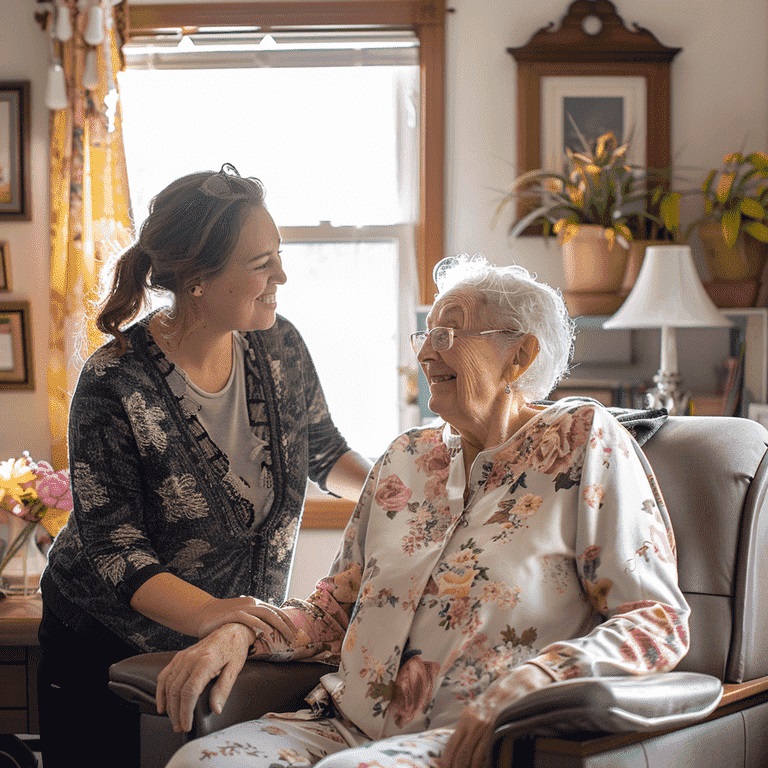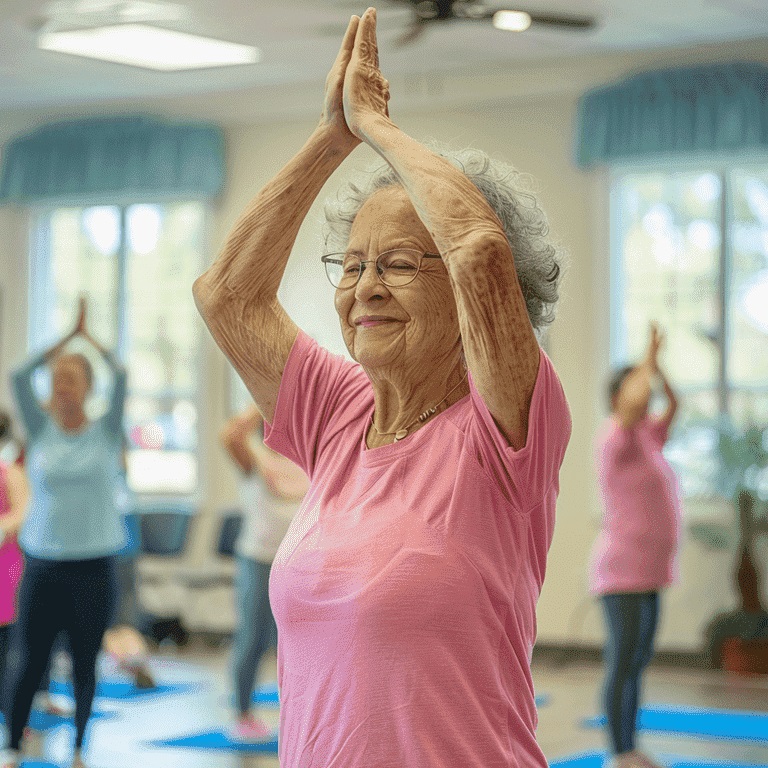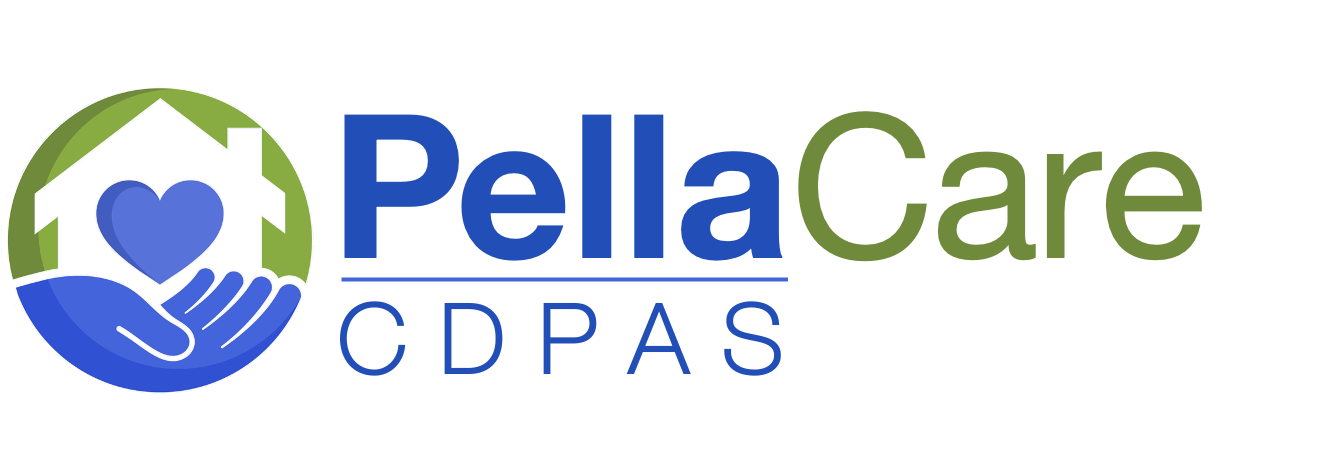Introduction
Falls are a serious concern, especially for older people. Preventing falls is crucial for maintaining health and independence. This guide provides a comprehensive care plan to help caregivers understand and reduce fall risks.
Importance of Fall Prevention
Falls can lead to severe injuries, such as fractures and head trauma. They can also cause a loss of independence and confidence. Preventing falls helps maintain quality of life.
Overview of Risk Factors
Several factors increase the risk of falls. Understanding these can help in creating effective prevention strategies.
Role of Caregivers and Registered Nurses
Registered Nurses (RNs) are vital in assessing fall risks and developing care plans. Caregivers support by implementing these plans and keeping the environment safe.

Ensuring Safety and Independence: The Value of a Falls Care Plan.
Understanding Fall Risk Factors
Physical Factors
Physical health significantly impacts fall risk. Here are some critical physical factors:
Muscle Weakness
Weak muscles make it harder to move safely. Strengthening exercises can help.
Balance and Gait Issues
Problems with balance or walking increase fall risk. Balance training can improve stability.
Chronic Conditions
Conditions like arthritis, diabetes, and heart disease can affect mobility. Managing these conditions is essential.
Environmental Factors
The home environment can be full of hazards. Here are some areas to focus on:
Home Hazards
Loose rugs, clutter, and slippery floors are common hazards. It is important to keep the home tidy and secure.
Poor Lighting
Inadequate lighting can cause falls. Make sure all areas, especially stairways, are well-lit.
Cluttered Walkways
Clear walkways reduce trip hazards. Ensure paths are free of obstacles.
Medication-Related Factors
Medications can affect balance and alertness. Here’s what to consider:
Side Effects
Some medications cause dizziness or drowsiness. Knowing the side effects helps in managing them.
Interactions
Combining medications can increase fall risk. Reviewing medications with a healthcare provider is crucial.
Cognitive and Sensory Factors
Cognitive and sensory impairments also contribute to fall risk:
Impaired Vision
Poor vision makes it hard to see hazards: regular eye check-ups and proper lighting help.
Cognitive Impairments
Conditions like dementia can affect judgment and coordination. Supervision and precise routines are beneficial.

Organizing for Safety: Key Elements of an Effective Falls Care Plan
Creating a Risk for Falls Care Plan
Initial Assessment
A thorough assessment is the first step in creating a care plan.
Role of the Registered Nurse
An RN conducts the formal fall risk assessment. This ensures a professional and accurate evaluation.
Components of a Comprehensive Fall Risk Assessment
- Medical History: Review of past falls and medical conditions.
- Physical Examination: Checking muscle strength, balance, and gait.
- Environmental Assessment: Identifying hazards in the home.
- Medication Review: Analyzing current medications for side effects and interactions.
Developing an Individualized Care Plan
After the assessment, an individualized care plan is created.
Collaborating with Healthcare Professionals
RNs, doctors, and physical therapists work together to develop the plan. Each brings valuable expertise.
Involvig Fnamily and Caregivers
Family and caregivers are e
ssential in implementing the care plan. They provide daily support and ensure safety measures are followed.

Collaboration in Action: Implementing a Comprehensive Care Plan.
Interventions to Reduce Fall Risk
Environmental Modifications
Creating a safer home environment is vital to preventing falls. Small changes can make a big difference.
Home Safety Checklist
A home safety checklist can help identify and address potential hazards:
- Remove loose rugs: Secure them or use non-slip mats.
- Clear clutter: Keep walkways and stairs free of obstacles.
- Improve lighting: Use bright, non-glare bulbs in all rooms and hallways.
- Install grab bars: Place them in bathrooms and near stairs.
- Fix loose flooring: Repair or replace loose or uneven floorboards and tiles.
Modifying High-Risk Areas
Certain areas of the home pose higher risks. Here’s how to make them safer:
Bathroom Safety
- Use non-slip mats: Place them in the shower and bathtub.
- Install grab bars: Ensure they are sturdy and properly placed.
- Raise toilet seats: Higher seats make it easier to sit and stand.
Bedroom Safety
- Adjust bed height: Make sure it’s easy to get in and out of bed.
- Clear pathways: Keep the path to the bathroom clear and well-lit.
- Use nightlights: Place them in the bedroom and hallway.
Physical Interventions
Keeping physically active is critical to preventing falls. Here are some effective strategies:
Strengthening Exercises
- Leg lifts: Strengthen leg muscles.
- Wall push-ups: Build upper body strength.
- Chair stands: Improve lower body strength.
Balance Training
- Standing on one foot: Practice daily to improve balance.
- Heel-to-toe walk: Walk in a straight line to enhance coordination.
- Tai Chi: Gentle movements that improve balance and flexibility.
Mobility Aids
Using mobility aids correctly can significantly reduce fall risk.
Types of Mobility Aids
- Canes: Provide support for balance.
- Walkers: Offer more stability.
- Wheelchairs: Essential for those with severe mobility issues.
Proper Use and Maintenance
- Adjust height: Make sure aids are at the correct height.
- Check tips: Replace worn or damaged tips on canes and walkers.
- Keep clean: Regularly clean aids to maintain functionality.
Medication Management
Managing medications carefully helps prevent falls.
Reviewing Medications with Healthcare Providers
- Schedule reviews: Regularly discuss all medications with a doctor.
- Monitor side effects: Be aware of any changes in balance or alertness.
Educating Caregivers on Side Effects
- Stay informed: Know the potential side effects of all medications.
- Watch for symptoms: Be vigilant for signs of dizziness or drowsiness.
Sensory and Cognitive Interventions
Addressing sensory and cognitive impairments can reduce fall risk.
Vision Care
- Regular eye exams: Schedule yearly check-ups.
- Corrective lenses: Use prescribed glasses or contact lenses.
- Proper lighting: Ensure all areas are well-lit.
Cognitive Stimulation Activities
- Memory games: Engage in activities that stimulate the mind.
- Routine: Maintain a consistent daily schedule.
- Supervision: Provide close monitoring for those with cognitive impairments.

Ensuring Optimal Care: Regular Monitoring and Adjustments of the Falls Care Plan.
Monitoring and Evaluation
Regular Follow-Ups
Continuous assessment helps keep the care plan effective.
Role of the Registered Nurse in Ongoing Assessment
- Conduct regular checks: Schedule frequent visits to assess fall risks.
- Update care plan: Modify the plan as needed based on assessments.
Adjusting the Care Plan as Needed
- Be flexible: Make changes to the plan when necessary.
- Involve caregivers: Make sure caregivers are informed of any updates.
Documenting Progress and Changes
Keeping accurate records is essential.
Keeping Detailed Records
- Log incidents: Record any falls or near-misses.
- Track changes: Note any adjustments to the care plan.
Communicating with the Care Team
- Share updates: Regularly update all involved healthcare providers.
- Hold meetings: Schedule periodic meetings to discuss progress and changes.
By following these guidelines, caregivers can create a safer environment, reduce fall risks, and ensure the well-being of their loved ones.

Active and Safe: Embracing Preventive Measures and Lifestyle Adjustments for Fall Prevention.
Educating Caregivers and Family Members
Providing education and training for caregivers and family members is essential for effective fall prevention. Knowledge and skills help ensure safety and confidence.
Training on Fall Prevention Techniques
Proper training can significantly reduce the risk of falls. Here are some fundamental techniques:
Safe Transfer Techniques
- Use proper body mechanics: Bend your knees, keep your back straight, and lift with your legs.
- Move slowly: Take your time to avoid sudden movements.
- Use transfer aids: Utilize tools like transfer belts and slide boards when needed.
Proper Use of Assistive Devices
- Understand the device: Know how the cane, walker, or wheelchair works.
- Adjust for the user: Ensure the device is set to the correct height and fits appropriately.
- Practice use: Regularly practice with the device to build confidence and skill.
Emergency Response Training
Knowing how to respond to falls quickly and effectively is crucial. Here’s what to focus on:
Recognizing Signs of Injury
- Check for pain: Ask if the person feels any pain or discomfort.
- Look for visible injuries: Inspect for cuts, bruises, or swelling.
- Observe behavior: Watch for signs of confusion or disorientation.
Steps to Take After a Fall
- Stay calm: Keep yourself and the fallen person calm.
- Check for injuries: Assess the situation to determine if emergency help is needed.
- Help them up safely: If there are no severe injuries, assist the person in getting up using safe techniques
- Call for help if needed: Contact emergency services if there are any doubts about the person’s condition.

Upholding Standards: Navigating Legal and Ethical Considerations in Care Planning.
Support and Resources
Community Programs and Support Groups
Engaging with community resources can provide additional support and information.
Local Fall Prevention Programs
- Senior centers: Many offer classes on fall prevention and balance exercises.
- Healthcare providers: Check with local clinics or hospitals for fall prevention workshops.
Online Resources and Educational Materials
- Websites: Many reputable sites offer fall prevention tips and resources.
- Videos: Online tutorials can demonstrate safe techniques and exercises.
- Printable guides: Downloadable checklists and guides can help maintain a safe environment.
Utilizing Professional Services
Professional services can offer specialized support and interventions.
Physical Therapy
- Personalized exercise plans: Therapists can create exercise programs tailored to individual needs.
- Supervised sessions: Ensure exercises are done correctly to build strength and balance.
Occupational Therapy
- Home safety evaluations: Therapists can assess the home for potential hazards and suggest modifications.
- Daily living aids Recommendations for tools and devices that make everyday tasks safer and more accessible.
What Next?
Collaboration between caregivers, family members, and healthcare professionals is essential. Working together ensures comprehensive care and the best outcomes for fall prevention.
By following these guidelines, caregivers can help create a safer environment and reduce the risk of falls, ensuring the well-being and independence of their loved ones. Call Pella Care CDPAS at 718-908-2273 (or 718-908-CARE) for more information.

Recent Comments